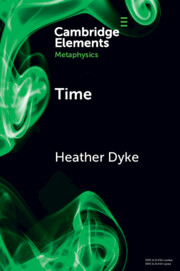Element contents
Time
Published online by Cambridge University Press: 03 December 2021
Summary
- Type
- Element
- Information
- Series: Elements in MetaphysicsOnline ISBN: 9781108935517Publisher: Cambridge University PressPrint publication: 23 December 2021
References
- 18
- Cited by

